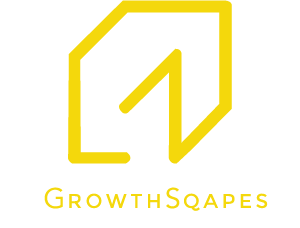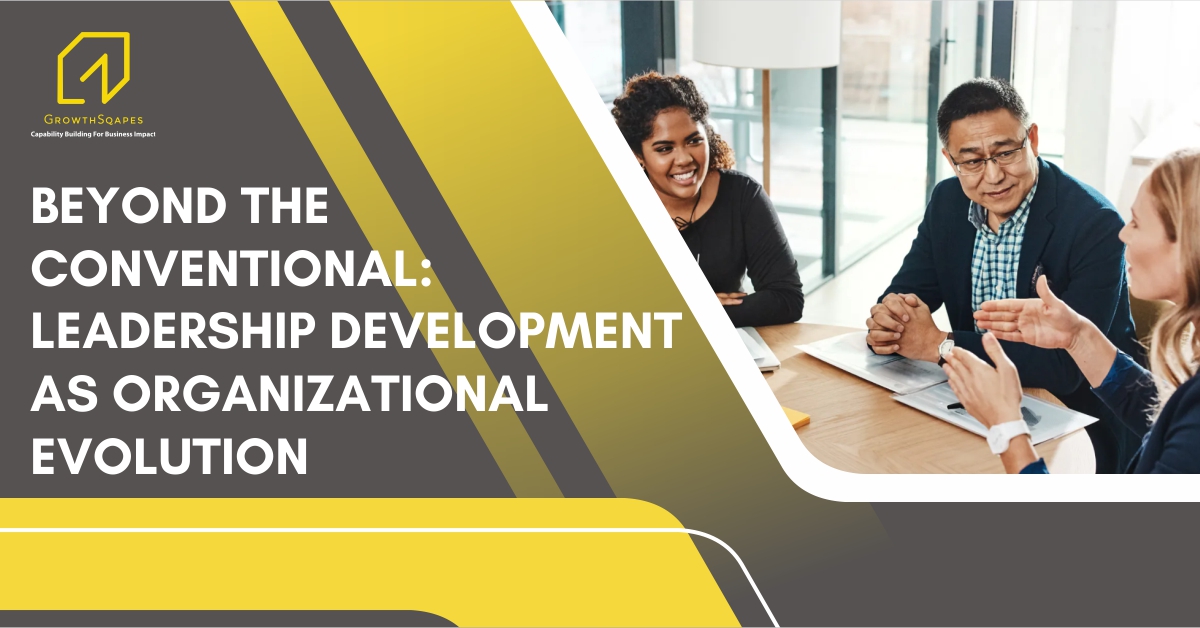In a world where change is the only constant, leadership is the stabilizing force that guides organizations through uncertainty. Yet leadership is often perceived as inherent, something that cannot be nurtured or cultivated. This perception has become one of the greatest missteps in organizational development. Leadership is not just a trait; it’s a process—a process that can and should be deliberately developed.
Key Elements to Consider in Leadership Development
Self-Awareness
Leadership begins with self-awareness. Individuals must understand their strengths, weaknesses, values, and emotional triggers. Self-aware leaders can better manage their behaviours, align themselves with the organizational vision, and build authentic relationships. Tools like the Johari Window or 360-degree feedback can help promote self-awareness by offering insights from multiple perspectives.
Learning Agility
Leaders today must possess learning agility—the ability to learn from experiences and apply that learning to new situations. In a world of constant change, leaders need to adapt quickly, unlearn outdated habits, and embrace new ways of thinking. This involves developing critical thinking, curiosity, and the willingness to challenge assumptions.
Emotional Intelligence (EQ)
Emotional intelligence (EQ) is foundational to leadership. Leaders with high EQ can empathize, build strong interpersonal relationships, and manage their own emotions under pressure. Daniel Goleman’s Emotional Intelligence Framework emphasizes self-regulation, motivation, empathy, and social skills as crucial components for effective leadership.
Decision-Making and Problem-Solving Skills
Leadership often involves making difficult decisions. Leaders must develop the ability to assess complex problems, analyze potential solutions, and make decisions under uncertainty. Providing real-world scenarios and allowing emerging leaders to make decisions, even in controlled environments, helps hone these skills.
Visionary Thinking
Leaders are not just managers of the present but architects of the future. A leader’s ability to craft a compelling vision and inspire others to follow is essential for long-term success. This involves setting a clear direction and aligning team efforts with organizational goals.
Mentorship and Coaching
Leadership development isn’t a solitary journey. Access to mentors or coaches provides invaluable guidance. Mentors offer wisdom based on experience, while coaches help individuals explore their solutions and reflect on their leadership style. This dual support system is critical for ongoing development.
Ethical Leadership and Values Alignment
At the core of leadership is the responsibility to uphold ethical behavior and align personal values with organizational ethics. Leaders must lead with integrity, fairness, and accountability. They set the tone for the organizational culture, shaping the ethical environment within which others operate.
Succession Planning and Long-Term Leadership Development
Developing leaders should not be a short-term fix but part of a long-term strategy. The process must be tied to the broader organizational goals of succession planning. This ensures a continuous pipeline of leaders who are ready to step into new roles as the organization evolves.
The Process of Developing Leaders
Developing leaders within an organization isn’t just about preparing individuals for higher responsibilities. It’s about fostering a mindset that aligns personal growth with the organizational mission. Research from McKinsey’s Global Survey on Leadership shows that companies with vital leadership development programs outperform their peers by 20% in financial performance. This underscores that leadership is a strategic advantage, not merely an operational necessity.
The development of organizational leaders requires more than just training programs or coaching sessions. It involves a deliberate and well-structured process that integrates the organization’s strategic goals with individual growth. The process should be holistic, combining learning, experience, feedback, and reflection.
The leadership development process should be both strategic and flexible, designed to meet the evolving needs of both individuals and the organization. Below is a possible structured approach to guide leadership development:
Identify Leadership Needs
Every organization has unique leadership needs, depending on its size, industry, and strategic direction. The first step is to conduct an “organizational assessment” to understand the leadership capabilities required at various levels.
Leadership Competency Framework
Develop a “leadership competency model” that outlines the behaviors, skills, and attributes required for leadership success in your organization. Competency frameworks provide clarity on leadership expectations and serve as a reference for development efforts.
Assess Current Leadership Potential
Use tools such as 360-degree feedback, psychometric tests, and leadership assessments to evaluate the current potential of individuals within the organization. This will help identify those with leadership promise and areas for development.
Create Individualized Development Plans
Each leader’s journey is unique. Based on the assessments, develop personalized development plans focusing on their specific growth areas. These plans should include a combination of formal learning (courses, certifications), experiential learning (on-the-job challenges), and mentoring or coaching.
Implement Leadership Development Programs
Design and implement multi-faceted leadership programs that cover essential leadership skills. This could include:
- Workshops & Seminars
- Experiential Learning
- Mentorship and Coaching
Real-Time Feedback and Continuous Learning
Create a feedback-rich environment where emerging leaders receive real-time feedback on their performance. Leadership development is not a one-time event; it requires continuous learning and reflection. Encourage leaders to seek feedback, reflect on their experiences, and adjust their leadership approach.
Monitor Progress and Measure Outcomes
Leadership development must be measured for effectiveness. Use leadership metrics to track progress, such as improved team performance, higher engagement scores, and increased readiness for promotion. Adjust the development programs based on the insights gained from these metrics.
Align with Succession Planning
Ensure leadership development is integrated with the organization’s succession planning strategy. The goal is to develop leaders and ensure a sustainable pipeline of future leaders who can step into key roles when needed. This step involves regularly reviewing talent pipelines, identifying high-potential individuals, and ensuring they are on track for succession.
From Leadership Development to Organizational Growth: A Holistic View
What sets exceptional organizations apart isn’t just their financial performance or market share—it’s their ability to grow organically from within. Leadership development acts as the linchpin between individual growth and organizational advancement.
Take the General Electric (GE) model under Jack Welch’s leadership, where leadership development was integral to the business strategy. Welch once said, “Before you are a leader, success is all about growing yourself. When you become a leader, success is all about growing others.” This perspective resulted in GE being one of the most consistently successful companies globally for decades.
Today’s leadership development and leadership training must focus on more than just today’s needs. It must equip leaders with the resilience to navigate future challenges. Leaders of tomorrow will require high emotional intelligence, systems thinking, and adaptability to new technologies like AI and data-driven decision-making. The rapid pace of transformation in the business landscape demands leaders who can anticipate change rather than react to it.
Leadership development isn’t about filling vacancies. It’s about creating a leadership ethos synonymous with the organization’s identity. In this way, leadership doesn’t just live at the top; it permeates every level, making the organization adaptive, innovative, and resilient.
GrowthSqapes offers top quality leadership development programs in India and Asia.
This blog has been written by Sanjay Gupta, an Associate Partner with GrowthSqapes.

